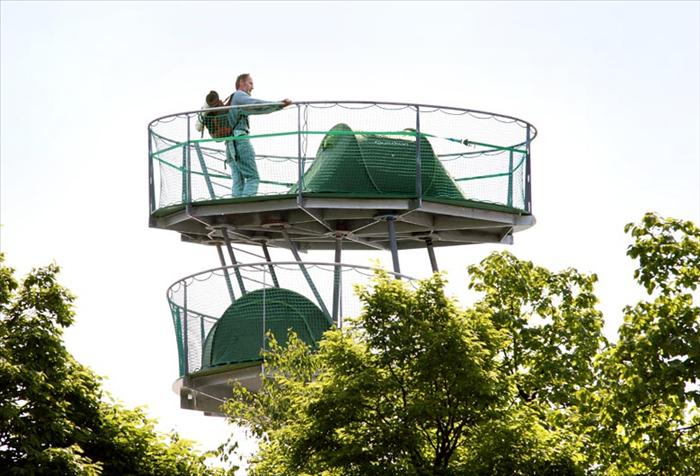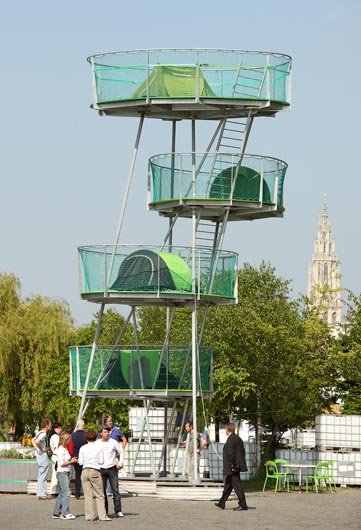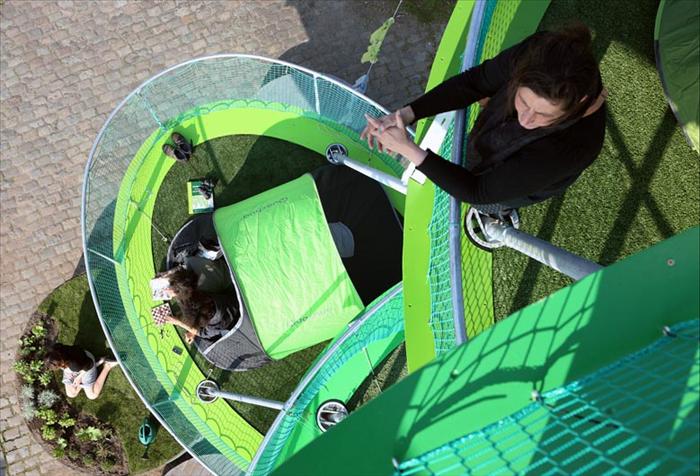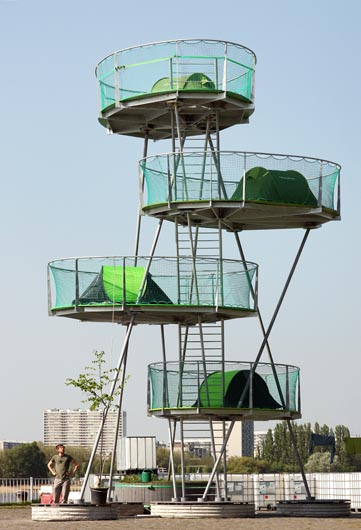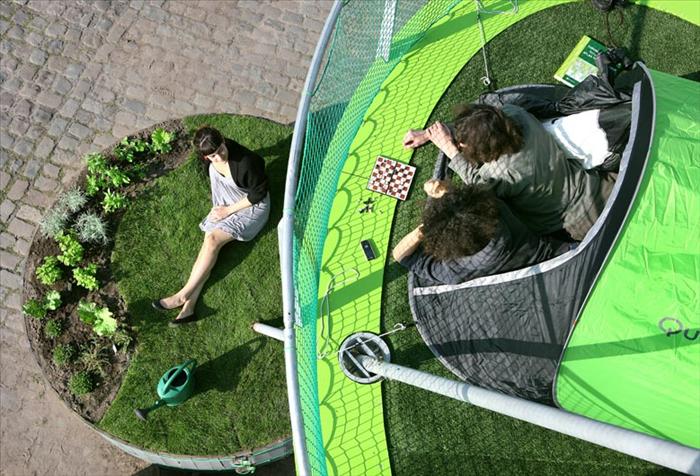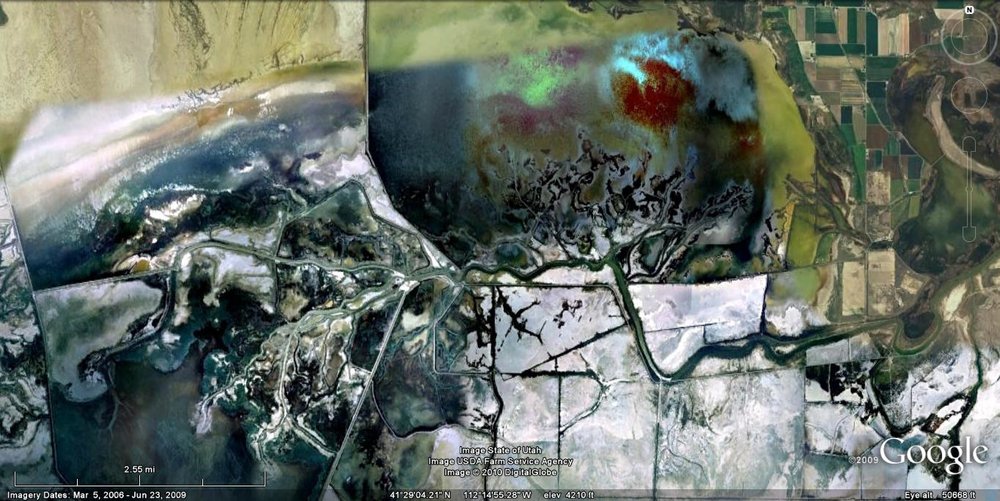
I've recently updated my blogroll with some fantastic new reads I've been following. Most of them with one foot in the landscape realm, and the other in various peripheral reaches. I'd recommend adding all of these to your RSS feed to expand your idea of how the landscape affects our world in so many different ways:
Authored by Nicola Twilley, longtime contributor to BLDG BLOG and wife to its author, Geoff Manaugh, Edible Geography tailors the common thread between food, landscape, architecture, geography, planning, and urbanism, among others. With titles such as Cupcake Gentrification, Cow Tunnels, and The Towns that Chocolate Built, Twilley reveals the extents to which food affects our infrastructure and cities.
FOP is a project of Smudge, a collaboration between Elizabeth Ellsworth and Jamie Kruse. Described as a dedication to exploring the conjuncture between landscape and contemporary human activity at sites shaped by the geologic epoch of the Pleistocene (2.588 million to 10000 years BP). Posts such as Subterranean Imagination and the Aesthetics of Nuclear Voids and The Desertification of New York City often draw massive scale depictions of earth processes and their relation to human activities.
Or what I like to call landform porn, this posterous blog is a contribution by a makeup of several Geopathologists describing itself as "images of extreme landscapes, landforms and processes." Flocked full of various river delta satellite imagery from around the globe, the site is a beautiful resource for studying the earth's greatest sculptor, water, in action.
Quiet Babylon asks you to take a look if you like "cyborgs, or architecture, or thoughtful futurism" (which we do) and "about sifting through the debris of the past and present to try to answer “What comes next?” Written by Tim Maly, we've found The Architects and Cyborgs series and Woven Spaces particularly fascinating.
A spinoff of Where, polis is a collaborative blog on urbanism with a global focus. It is a space for our regular contributors and readers to share ideas and information about anything and everything urban from multiple lenses. We've enjoyed reading Cities for Children and the Public Parks in Moscow series, which provides an alternate view of Moscow, often viewed as a stark and bleak environment, and 96 parks, 18 public gardens, and 100 square kilometers of forest existing in and around the city.
Below are a few other mentionable blogs, some younger then others, but worth keeping an eye on as they develop:

